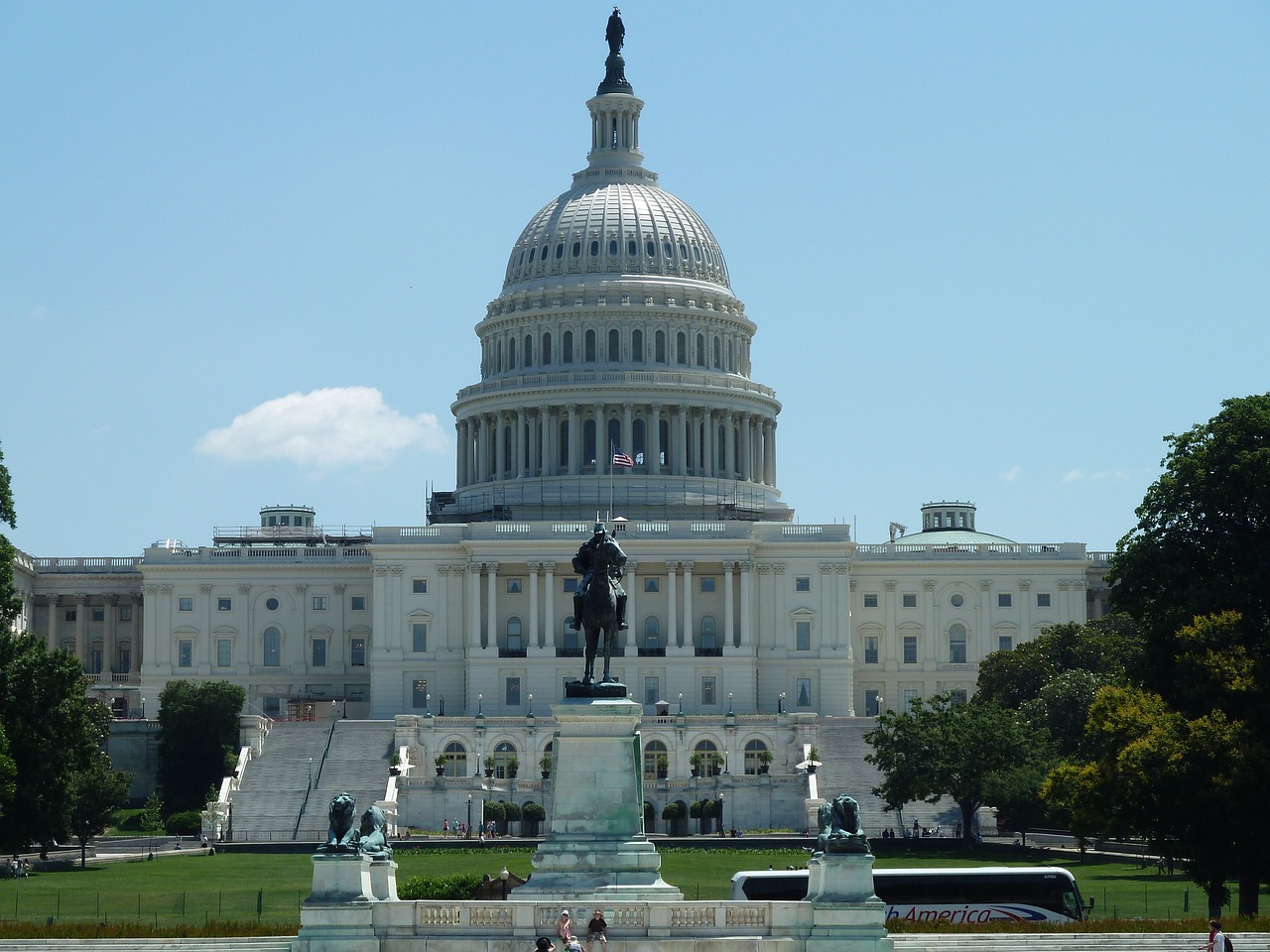1. Constitutional Framework
The U.S. Constitution is designed to prevent any single individual from consolidating too much power. It divides authority among three branches of government:
- Executive (President): Enforces laws.
- Legislative (Congress): Makes laws.
- Judicial (Courts): Interprets laws.
Checks and balances, such as Congress's power to impeach the president and the judiciary's ability to overturn unconstitutional actions, are intended to prevent authoritarianism.
2. Historical Context
Historically, the U.S. has had leaders who pushed the limits of presidential power, but the system has thus far managed to contain overreach:
- Franklin D. Roosevelt: Expanded executive authority during the Great Depression and WWII, but still operated within constitutional limits.
- Richard Nixon: Resigned after the Watergate scandal rather than face impeachment and removal.
No U.S. president has successfully dismantled democratic institutions or established autocratic rule.
3. Political Dynamics
To achieve dictatorial control, a president would need:
- Control over the military: While the president is the Commander-in-Chief, the military is bound by law and tradition to uphold the Constitution.
- Congressional compliance: Without legislative backing, significant overreach would face legal and political resistance.
- Judicial acquiescence: Courts, including the Supreme Court, have a history of striking down unconstitutional actions.
The decentralized nature of U.S. governance, with significant power held by states, further complicates any move toward authoritarianism.
4. Social and Cultural Factors
The U.S. has a deeply ingrained tradition of democracy and civil liberties. Civil society, media, and public opinion act as watchdogs against the erosion of democratic norms. However, polarization and disinformation can weaken these safeguards.
5. Realistic Scenarios
- Trump’s Leadership Style: Critics argue that Trump’s rhetoric and actions—such as challenging election results and refusing to concede in 2020—reflect authoritarian tendencies. Supporters claim these are efforts to address perceived corruption and uphold the will of his base.
- Limits of Power: Even during his presidency, Trump's initiatives were frequently challenged and curtailed by courts, Congress, and public opinion.
- Future Risks: If systemic weaknesses (e.g., unchecked gerrymandering, voter suppression) worsen, the risk of democratic erosion increases, regardless of who is in power.
Conclusion
While Trump, like any leader, could attempt to consolidate power, the structural, institutional, and cultural barriers in the U.S. make it highly unlikely for him—or any president—to become a dictator under the current system. That said, vigilance is necessary to safeguard democratic norms, as no system is immune to erosion if not actively maintained.


